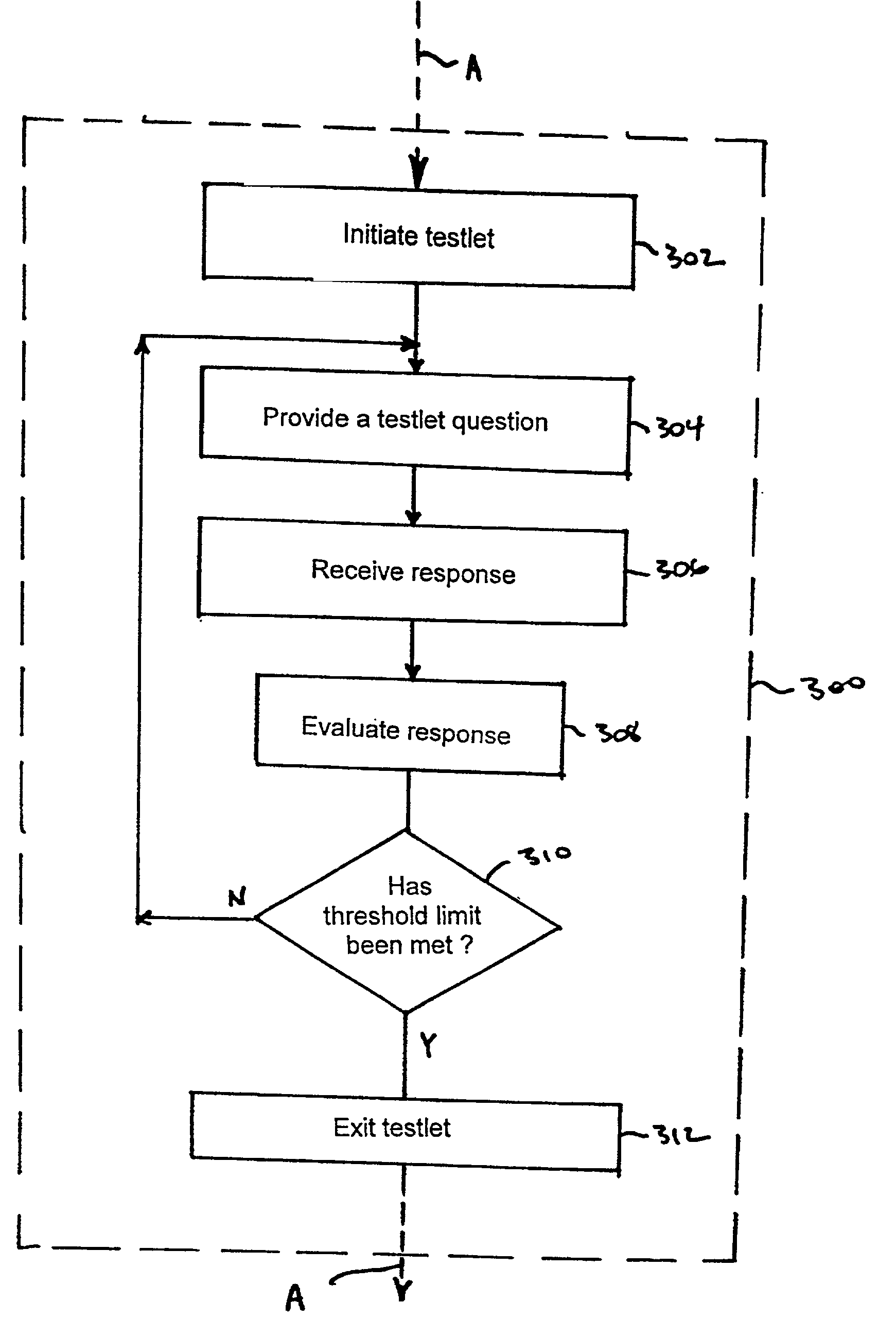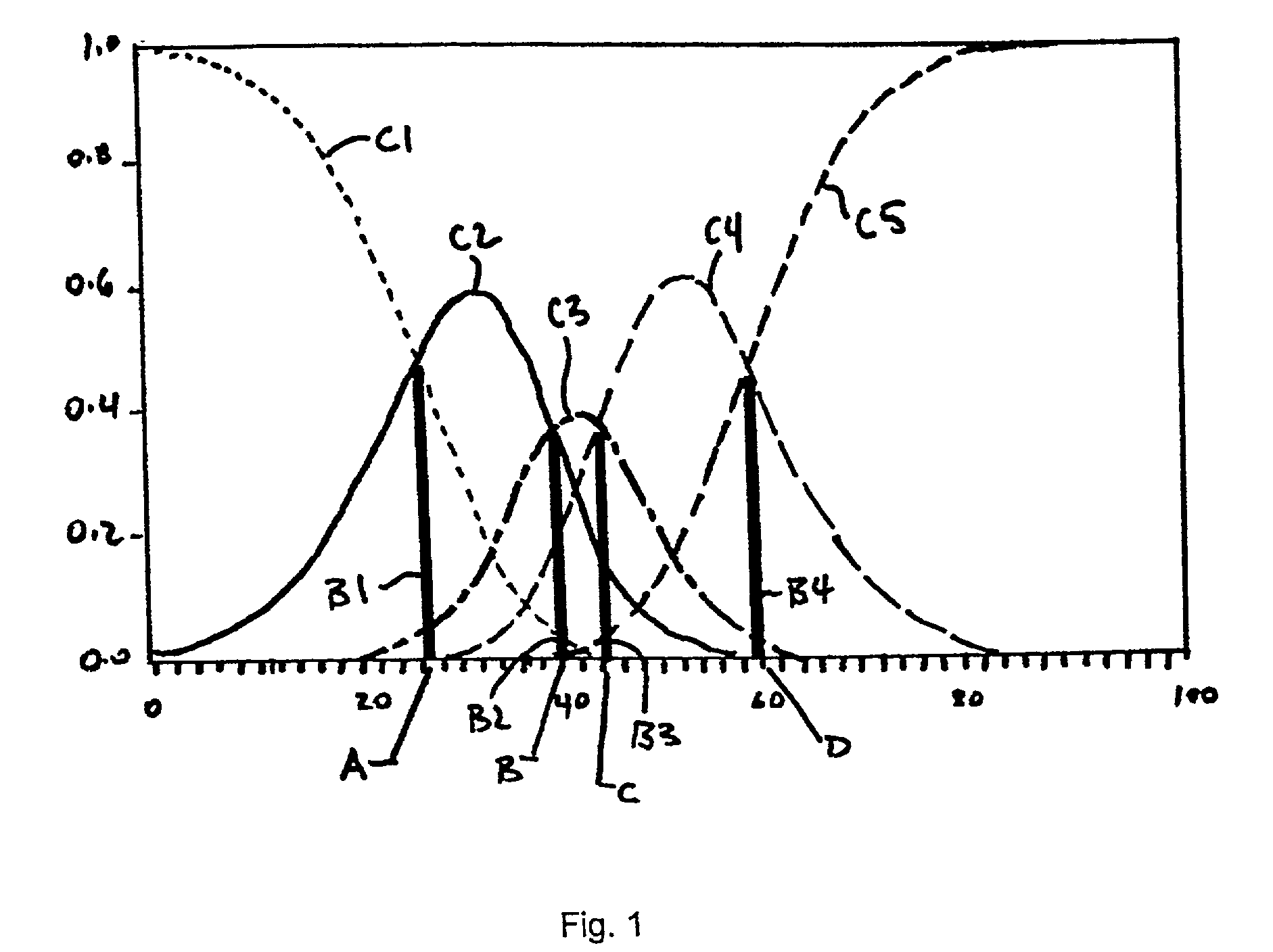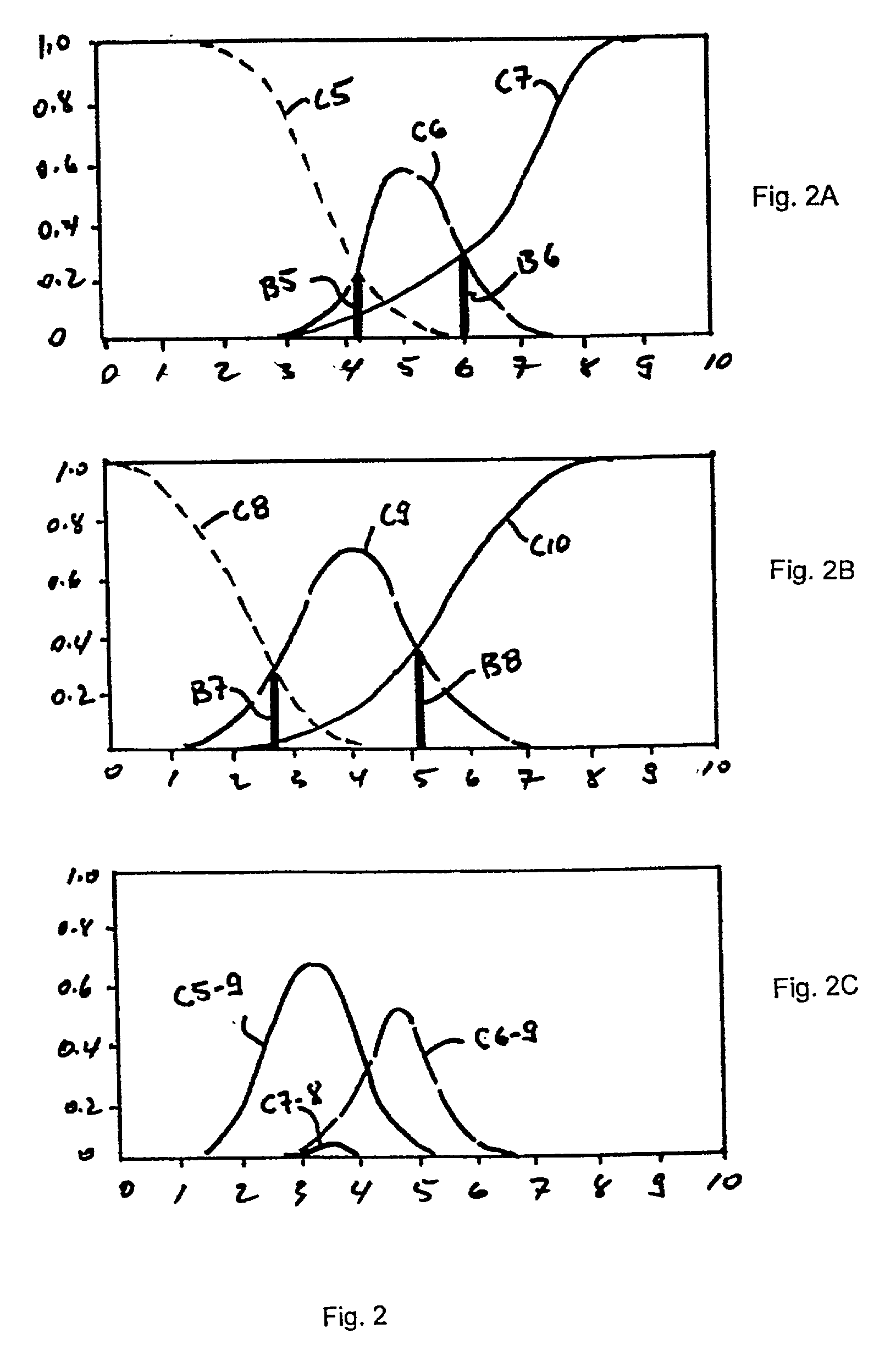However, the success of these programs is dependent upon the ability of the healthcare providers to monitor their patients remotely in order to avert medical problems before they become complicated and costly.
One
disadvantage of these systems is that they either require a patient to call in to a central facility to be monitored or require the central facility to call the patient according to a rigid monitoring schedule.
Typically, if the patients are required to call the central facility, only the compliant patients will actually call regularly to be monitored, thereby undermining the purposes of monitoring the patients as a prophylactic measure.
The non-compliant patients will wait until an emergency situation develops before contacting their healthcare provider, thus defeating the purpose of the
monitoring system as a prophylactic measure.
If the central facility calls each patient according to a monitoring schedule, it is intrusive to the patient's life.
As a result, resistance to such monitoring will grow over time.
While many of these systems, methods and surveys offer certain advantages, they are fraught with shortcomings, which curtail their utility as well as their popularity.
However, while a long test or survey having a large number of questions may provide improved statistical accuracy, it also places greater burden on the patient or respondent.
The patient / respondent becomes reluctant to participate in the survey, particularly when it is given at a
periodic interval.
This reluctance manifests itself in (i) the failure of the patient / respondent to take the survey at prescribed time interval; (ii) the failure of the patient / respondent to participate in the survey altogether; (iii) the omission by the patient / respondent of one or more questions, which, of course, detracts from the statistical accuracy of the test; and (iv) an overall inconsistency in the responses of the patient / respondent.
Again, inconsistent answers reduce the overall statistical accuracy of the survey, as well as its perceived validity.
This method of evaluation doesn't allow a patient to provide their own feedback as to their own perceived
state of health, which can be a significant distinction.
Although, the
objective evaluation of the patient and his / her health provides the healthcare practitioner or healthcare provider with objective indicia as to the perceived state of the patient's health, it is not necessarily helpful in all instances to the patient in understanding his / her health status or progress during any particular time interval.
That is, the objective survey results are not frequently presented in a meaningful fashion to the patient.
Healthcare providers / healthcare organizations, however, rarely utilize such subjective surveys, and traditionally favor the objective types of surveys known to the art.
Thus, patient / respondent encounters the same burden every time that he or she responds to such survey.
Furthermore, the prior art tests and surveys are non-adaptive.
As such, the later surveys do not provide for differentiation in the health status of a patient.
An additional problem in the prior art surveys is their inflexible
modes of administration.
While cost effective, the format remains inflexible.
A further shortcoming in many of the prior art surveys is that they are unsuited for self-administration by a patient / respondent.
In the context of the objective surveys described above, the patient / respondent may be very capable of taking the survey and responding to the questions provided therein, but many of these surveys do not provide an immediate response that is readily understood by the patient / respondent by the conclusion of the survey.
Thus, while the "objective" type survey may provide meaningful results to a
medical practitioner or a
health services organization, it is not particularly adapted as a self-monitoring instrument to a patient or respondent.
 Login to View More
Login to View More  Login to View More
Login to View More 


